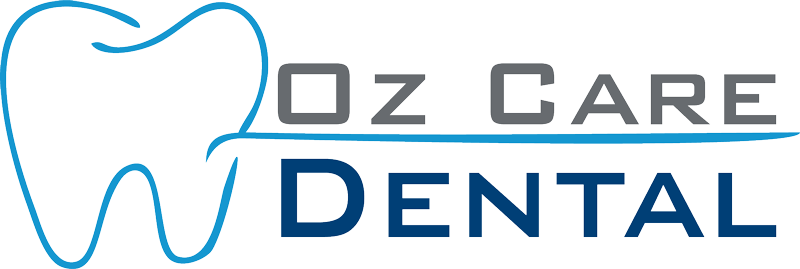Subgingival Curettage: Effective Treatment for Periodontal Health
Subgingival curettage is a specialized dental procedure aimed at treating periodontal disease by removing infected gum tissue from the pockets around the teeth. This technique is generally recommended for patients experiencing chronic gum infections or as a supplementary treatment to scaling and root planing. In this blog post, we will explore what subgingival curettage entails, its benefits, and what patients can expect during and after the procedure.
What is Subgingival Curettage?
Subgingival curettage refers to the meticulous removal of the soft tissue lining the periodontal pockets, which helps eliminate chronic inflammation and infection beneath the gum line. This procedure is often performed in conjunction with deep cleaning techniques like scaling and root planing, especially when the pockets between the gums and teeth are too deep to be addressed by scaling alone.

Digital CT Scan
First our dental radiologist takes a digital 3D CT Scan of your teeth.Professional Consultation
We will discuss your primary issues and your wishes concerning your teeth.Dental Examination
This is followed by a professional examination of the teeth and gums.Complete Treatment Plan
We devise a complete treatment plan for restoring your healthy smile.What is Subgingival Curettage?
Benefits of Subgingival Curettage
-
- Reduces Bacterial Infection: By removing the infected tissue, subgingival curettage helps reduce bacterial proliferation and the associated risks.
- Promotes Healing: The removal of inflamed and infected tissues allows for the regeneration of healthy gums.
- Improves Gum Health: Helps in reducing pocket depth, facilitating better hygiene and maintenance.
- Prevents Progression of Periodontal Disease: Essential in managing periodontitis and preventing its progression which can lead to tooth loss.
The Procedure for Subgingival Curettage
- Assessment: The dentist performs a thorough examination of the gums and teeth, typically using probes and X-rays to assess the depth of periodontal pockets and the extent of gum disease.
- Anesthesia: Local anesthesia is administered to numb the area and ensure comfort during the procedure.
- Curettage: Special dental instruments are used to gently remove the diseased tissue from the walls of the periodontal pockets. The aim is to leave behind a clean, healthy surface that can heal properly.
- Scaling and Root Planing: Often performed alongside curettage, these procedures involve cleaning the roots of the teeth to remove plaque, tartar, and bacterial toxins.
- Irrigation: The area may be irrigated with an antimicrobial solution to flush out any debris and reduce bacteria.
Aftercare and Recovery
- Post-Procedure Care: Patients may be prescribed a course of antibiotics and an antimicrobial mouthwash to prevent infection and aid in healing.
- Pain Management: Over-the-counter pain relievers may be recommended to manage discomfort.
- Diet: Soft foods and cold beverages are advised for a few days post-procedure to minimize discomfort and aid healing.
- Oral Hygiene: Gentle brushing and flossing in the treated area are important, avoiding any vigorous actions that might disrupt healing.
- Follow-up Visits: Follow-up appointments are crucial to monitor healing and ensure the infection has been effectively controlled.
Potential Considerations
- Sensitivity and Discomfort: Some patients may experience temporary sensitivity and discomfort in the treated areas.
- Recovery Time: Healing time can vary based on the extent of the procedure and individual patient factors.
- Efficacy: While effective for many, some patients may require further treatments or surgery depending on how advanced the periodontal disease is.
REQUEST AN APPOINTMENT
Fill out the form and we will contact you during our working hours. Urgent dental care will be provided usually the same day.
CONCLUSION
Subgingival curettage is a valuable procedure for patients suffering from periodontal disease, particularly those with deep periodontal pockets that cannot be effectively treated with traditional cleaning alone. By addressing the root cause of gum infection, subgingival curettage plays a crucial role in restoring and maintaining periodontal health. If you are experiencing symptoms of gum disease, consult with your dentist to determine if subgingival curettage is appropriate for your condition. This procedure can be a key component in achieving a healthier mouth and preventing future dental complications.


